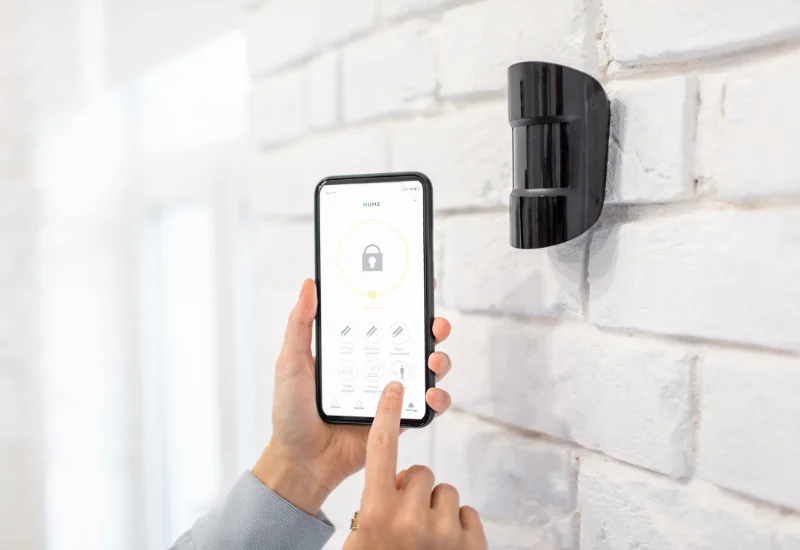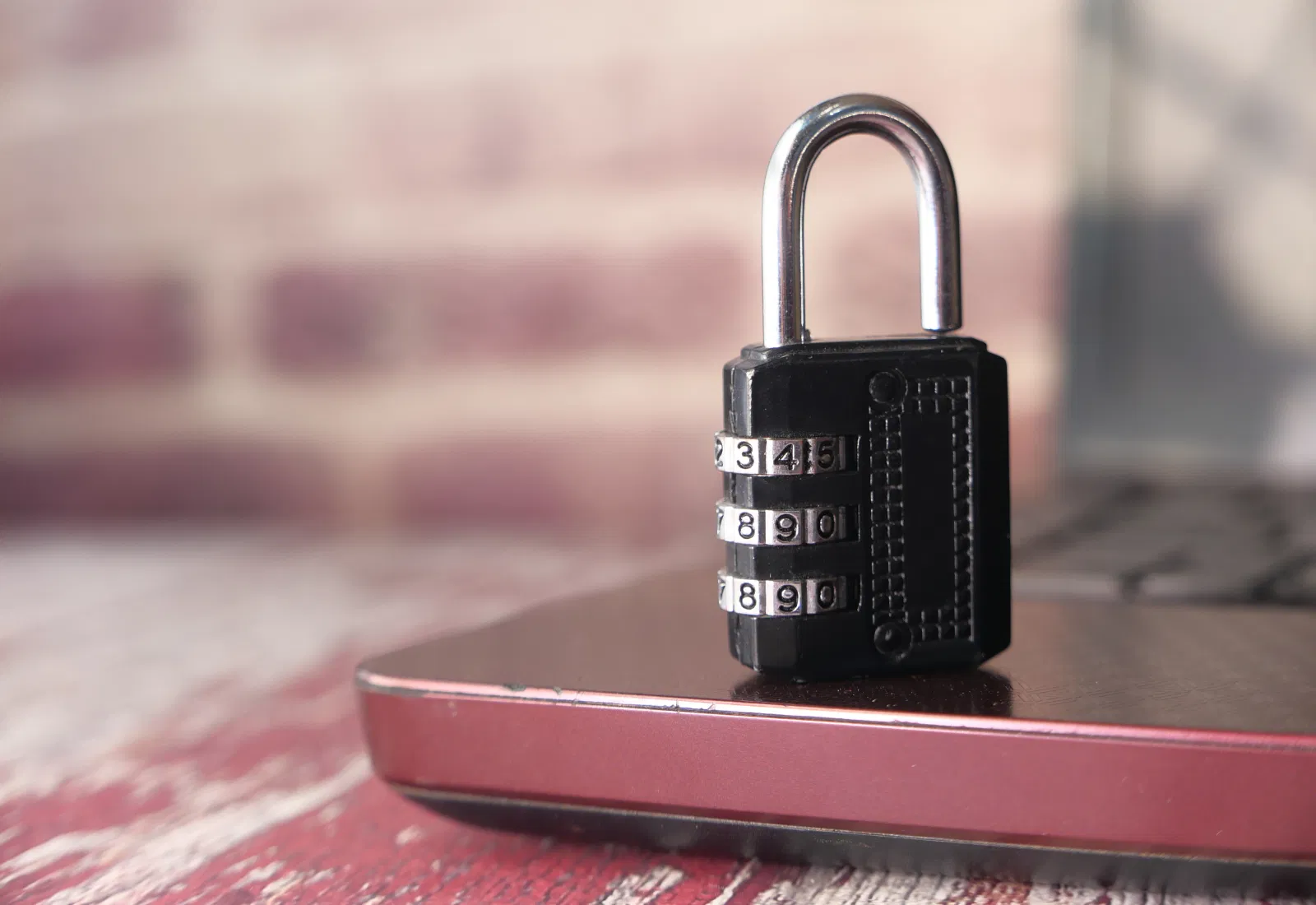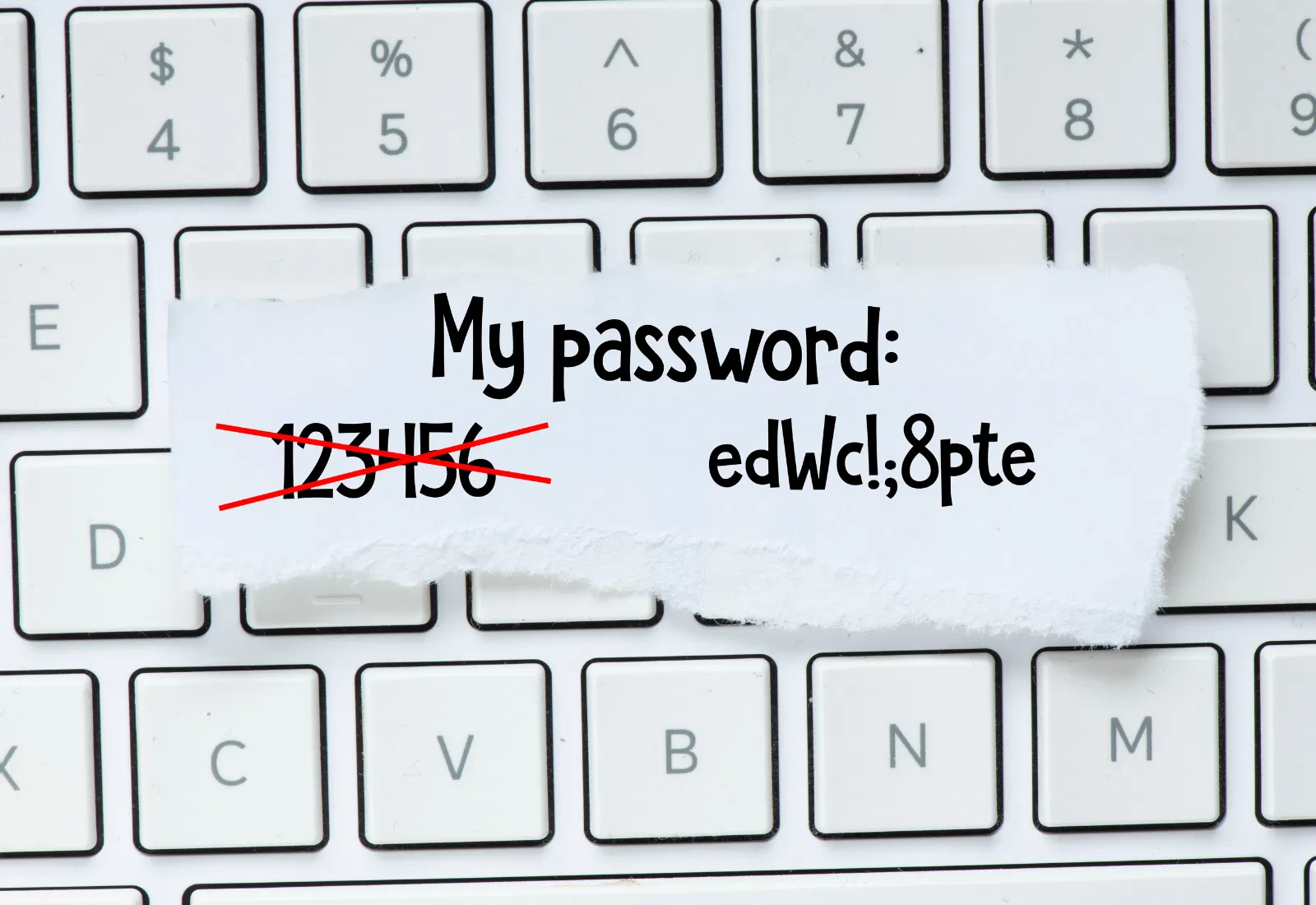
Dec 04, 2025
In this article, you will discover why more and more companies are being hit by cyber attacks, and how to avoid being next. We will identify the biggest risks and share 7 ready-to-implement tips to keep your organization cyber-secure now and in the future.
Written by Jill - Written: May 19, 2025
How likely is it that your organization will be hit by a cyber attack? The odds may be higher than you think. The FBI’s Internet Crime Complaint Center logged 859,532 complaints in 2024, with reported losses topping $16 billion in the United States alone. In the United Kingdom, the Government’s Cyber Security Breaches Survey 2025 found 43 percent of businesses and three in ten charities suffered some kind of cyber security breach or attack.
It’s a tough pill to swallow, but the truth is none of this should surprise us: businesses are digitizing at lightning speed, and with it comes danger. Hackers are using ever-more sophisticated techniques to steal or misuse corporate data. The number of cyber attacks worldwide is at an all-time high.
The good news is that companies do not stand alone. Public programmes such as CISA’s Shields Up in the US and the NCSC’s Cyber Essentials in the UK offer guidance, while digital tools provide protection. What is certain is that whether you run a small firm or a multinational, addressing cyber security is no longer an option, but a necessity. But how do you get started?
This article explains how cyber criminals operate, what risks your organisation faces and, most importantly, what you can do about it. We offer 7 practical tips to help you digitally secure your business.
In the first quarter of 2025, an average organization worldwide suffered approximately 1,925 cyber attacks weekly, an increase of 47 percent compared to the same quarter a year earlier. (Check Point Research)
The most affected sector remains, for the fifth consecutive year, education (4,484 weekly attacks), followed by government (2,678) and telecom (2,664). (Check Point Research)
The FBI’s Internet Crime Report 2024 reports losses of more than $16 billion from cybercrime, up 33 percent from 2023. (FBI)
The global cost of cybercrime is estimated at $10.5 trillion per year by 2025. (Statista)
The average cost of one data breach came to $4.88 million in 2024, a 10 percent jump in 12 months. (IBM)
The insurance market also sees the risk growing, with global revenues from cyber insurance premiums expected to double from $14 billion in 2023 to $29 billion in 2027. (Munich RE)

You may be familiar with it: you use the same password for multiple accounts, or you quickly click through an attachment without thinking twice. Or you leave the visitor list open on an unsecured computer during a busy event. Small mistakes with big consequences: sometimes one click is all it takes for hackers to infiltrate your corporate network.
Cyber security means that your company is taking steps to prevent these risks. Think of it as locking the door when you leave: you turn on the alarm, close the windows and doors, and don’t leave anything of value unattended. The digital world works the same way. But instead of locks and alarms, you use tools like passwords, firewalls, and encrypted data.
Specifically, cyber security means, for example:
In short, cyber security is everything you do to keep your business safe from digital threats.
Never before have businesses been so digitally connected, yet so vulnerable. In recent years, the number of cyberattacks worldwide has increased dramatically. Hackers are becoming more professional and their methods more sophisticated. From large-scale ransomware campaigns to phishing emails and automated attacks on software vulnerabilities, the digital threat is growing every day.
The consequences of a cyber attack may be severe. A data breach can expose sensitive customer or company information, resulting in reputational damage and fines. Sometimes, a cyber attack means that your business is temporarily shut down as systems are held hostage. The financial damage can run from thousands to millions of dollars in repair costs, lost sales, and claims from partners or customers. Customer confidence can also be severely damaged in the aftermath of an incident, and is often even harder to restore.
Legislation around digital security is rightly on the rise. Governments are imposing increasingly stringent requirements on how companies handle data. Think of the GDPR, which dictates how you must protect and report personal data in the event of a data breach, and new European directives such as the NIS2 Directive, which imposes additional obligations on many sectors from 2024. Failure to comply with these regulations can result in hefty fines and a big dent in your image.
In other words, cyber security is no longer a luxury, but an absolute necessity to protect your business, your customers and your reputation.

Cybercriminals are using increasingly sophisticated techniques to infiltrate organizations. Unfortunately, it doesn’t have to be complicated: an inattentive employee or a small human error can be all it takes. Here are the most common types of attacks that businesses need to be aware of today:
These are spoofed emails or websites that appear to be from a well-known organization, such as a bank, a colleague, or a supplier. Employees are tricked into clicking a link, logging in, or opening an attachment. With a simple click, hackers can gain instant access to confidential company information or login credentials.
In a ransomware attack, cybercriminals use malicious software to gain access to your systems. They then hold your computer systems or important files hostage. Only after a ransom is paid will you (perhaps) regain access to your own data. Ransomware can bring entire businesses to a standstill, often resulting in significant financial loss.
Are you using unsecured Wi-Fi or is your corporate network open to everyone? If so, you are giving cybercriminals free rein. They can easily penetrate systems to steal data or install malware, often without you noticing.
An easy-to-guess password, such as “Welcome123” or “Company2025,” is child’s play for hackers. Password reuse is also dangerous: if data leaks out through another party, hackers can easily try to see if the same password works with your company.
Some cybercriminals use programs (bots) that continuously scour the Internet for vulnerabilities in outdated software or poorly secured systems. If such a bot finds a vulnerability, it immediately tries to exploit it to gain access to your network or install malware. Often companies don’t notice this until it’s too late.
In a DDoS attack (“Distributed Denial of Service”), attackers send enormous amounts of traffic to your website, web shop or platform via thousands of hacked computers at the same time. As a result, it becomes overloaded and inaccessible to customers. With such an attack, criminals try to disrupt your business operations, sometimes to extort a ransom or purely for sabotage.
That you should use strong passwords and change them regularly is not new information. But frankly, who always manages to do it? Everyone knows the rules, but it’s still difficult and time-consuming to keep track of everything. Before you know it, you find yourself using your pet’s name, your date of birth, or just “12345” again. Until something goes wrong.
Fortunately, there are smart tools that can make it easier and safer to remember dozens of complex passwords. A password manager stores your passwords in encrypted form, automatically generates strong, unique passwords, and fills them in as needed. Combined with multi-factor authentication (an extra verification question or code on your smartphone), you’ll make things really difficult for hackers.

In May 2017, the world was hit with the infamous WannaCry ransomware. This attack exploited a vulnerability in Microsoft Windows, for which an update had been released months earlier. Unfortunately, many organizations had not yet installed the update. This allowed the hackers to quickly infect hundreds of thousands of computers in more than 150 countries. Major corporations, hospitals, and even governments were unable to access their data. Only those who had updated their security on time were safe.
In this case, simply not updating left thousands of organizations vulnerable, and hackers took advantage. Cybercriminals often exploit vulnerabilities in outdated software. Make sure all programs, operating systems, and applications on your computer, phone, and other devices have the latest security updates.
No matter how good the intentions, in the end, people are the weakest link when it comes to cyber security. Therefore, invest in awareness. Teach your employees how to recognize suspicious emails and phishing attempts. Discuss together how to handle company data safely, both digital and paper-based. Do regular short training sessions or introduce awareness campaigns, for example, organize a quiz on cyber security or provide a monthly tip in the newsletter.
Not everyone needs access to all files or systems. An intern, for example, does not need access to financial reports, and a receptionist does not need access to the entire CRM system. Make sure that only authorized employees have access to sensitive (company) data. Think of customer data, financial info or visitor records. Adjust permissions when someone changes positions or leaves the organization, and periodically check who has access to what. By restricting access rights, you prevent sensitive customer information from ending up on the street.
Establish a clear backup strategy. Automatically back up important company data and systems - ideally daily or weekly - and also store backups offline or in a secure remote location. Regularly test whether you can actually restore files. This will prevent you from discovering during a crisis that your backup is not working.
With digital visitor registration, you avoid having paper visitor lists lying around that may contain sensitive information. Modern systems store visitor data securely and in encrypted form, so unwanted people cannot access it, and you are instantly compliant with data protection laws.
You can also monitor exactly who has been in the building and when, making you less vulnerable to human error or misuse.
Want to learn more about how digital visitor registration can make your business more secure? You can read all about it in this article. Integrating your visitor management system with an access control system ensures optimal security for your organization.
Know what to do if things do go wrong. Have a clear roadmap when you suspect a cyber incident: who should you contact first, which systems should be shut down, and who informs customers and partners? Establish responsible parties and practice this plan regularly by organizing a “cyber fire drill,” for example.
Cyber security is not a one-time action, but a process. By applying these tips structurally, you will help your organization stay safe and resilient in the digital age.
Count the number of times you can answer “yes”. The more check marks, the more cyber-secure your company is. Are there still areas of concern? Start working on those today, because every step counts.
Cybercriminals are getting smarter, and businesses are more vulnerable than ever. Experience shows that even a small mistake or a forgotten update can have major consequences. Fortunately, cyber security does not have to be a complicated or time-consuming process. Even something as simple as digitizing your visitor registration can make a big difference in your company’s security and protection of sensitive information.
Don’t wait until something goes wrong. Take the first step toward a cyber-secure business today. Start simple: pick an item from the checklist, address it with your team, and work on it one step at a time. You’ll build trust with your customers and partners… and sleep better at night.
Wondering how digital visitor management can help you run a secure and professional business? Start a free trial and see the difference. Do you have any questions or would you like tailored advice? Chat with us or book a demo. Together we will make your reception area and your business more cyber-secure.